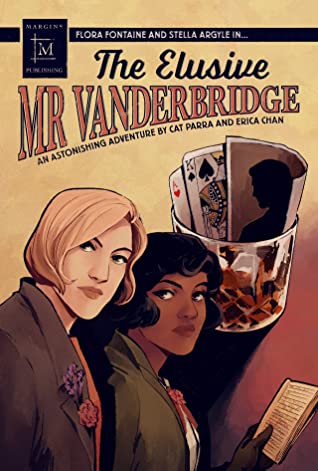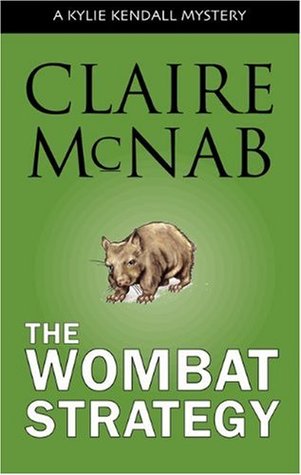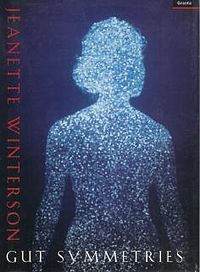 The Henna Wars was my most-anticipated 2020 release. First of all, look at that beautiful cover! Plus, rival henna shop owners fall in love?? Who can resist that premise? As with many books I have high expectations for, I was hesitant to actually start it. Luckily, it lives up to the promise of that cover and premise.
The Henna Wars was my most-anticipated 2020 release. First of all, look at that beautiful cover! Plus, rival henna shop owners fall in love?? Who can resist that premise? As with many books I have high expectations for, I was hesitant to actually start it. Luckily, it lives up to the promise of that cover and premise.
Actually, I was impressed from the first pages. The dedication page reads: To queer brown girls. This is for you. After that, it has content warnings! (For racism, homophobia, bullying, and outing.)
We start the novel with Nishat contemplating coming out:
So that is how I spend Sunny Apu’s engagement, trying to construct the perfect coming out moment, and wondering if that even exists. I try to think back to every movie, TV show, and book that I’ve ever seen or read with gay protagonists. Even gay side characters. Each coming out was tragically painful. And they were all white!
She is a second generation Bangladeshi immigrant living in Ireland, and it’s not the best environment to come out in. She knows that her (private, all-girls) school will not take it well, and her family likely won’t, either. She has, however, already told her sister, who she is close with. The relationship between Nishat and her sister Priti was one of my favourite parts of the novel: they begin this story with an unshakeable bond, telling each other everything.
At the wedding, she bumps into Flávia, who she hasn’t seen since they were elementary classmates. Now, there’s an instant spark, and she’s pleasantly surprised to see her at school the next day. Complications arise in Business class, however. They all have to start their own business, and Nishat plans to do henna–she’s been practicing for years, learning from her grandmother, and feels like she’s beginning to be able to do justice to this art form. Unfortunately, Flávia noticed the henna at the wedding and comes up with the same idea–teaming up with her (white) cousin, who has spread racist rumours about Nishat.
Nishat tries to talk to Flávia about appropriating henna, but Flávia (who is Black and Brazillian) says that it’s just art, and that it’s actually really easy! Cue a painful rivalry for Nishat, who is determined to win this competition.
Okay, that’s more plot summary than I usually give, but it’s really just the first chapter or two. The Henna Wars is a fascinating book on several levels. One is that it grapples with cultural appropriation from another woman of colour, which I don’t think I’ve seen in fiction before. Flávia is clueless to why Nishat is upset, and says that maybe Nishat doesn’t understand because she’s not an artist. It’s a mess.
But what really caught my attention is that this story manages to seem hopeful and joyous while dealing with dark subject matter. Nishat is trying to survive in a profoundly homophobic environment. She is not safe within her family, within her school, and doesn’t even feel sure she can tell her friends. She is harassed for her race, and the counselor can’t even get her name right. Even the pockets of joy she finds in a new crush and doing henna are complicated by this appropriation and competition, and Flávia’s teaming up with her racist cousin.
Despite all of this, though, Nishat never seems to lose herself. Even if her family doubts her and she faces pushback at school, she knows who she is, and she refuses to be ashamed. In the end, it doesn’t matter if she wins the Business competition or gets the girl: “Because I’m still here and I have my friends, my sister, and my family. And things will be okay.” [Spoiler, highlight to read:] Her parents earnestly watching Ellen is perfect. [End spoiler]
I can only imagine how difficult it is growing up as a Bangladeshi lesbian in Ireland. The Henna Wars suggests it’s a gauntlet. But Nishat is a model of steadiness and strength within the storm. She’s not perfect–she has flaws, makes mistakes, and sometimes is so embedded in her problems that she forgets to look around at what other people are dealing with–but she is inspiring.
I’ll leave off with a quote I couldn’t help but include:
“I don’t have a type,” I say, and it’s true; I’ve never really thought about having a type. I guess my type is… beautiful girl. Which is a lot of them. Most of them? Pretty much all girls.



